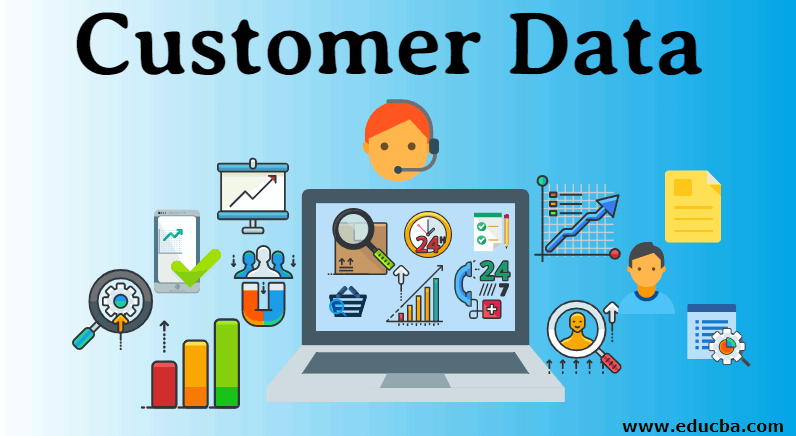Information about buyers helps not only to build a customer base and effectively manage sales, but also to improve user experience, and strengthen relationships with consumers.
Customer data management, or Customer Data Management, is the collection, storage and use of information about consumers in the course of marketing campaigns. This helps to retain customers, improve the quality of service and, accordingly, increase sales.
More communication channels for product promotion
Consumer contact information helps you set up omnichannel marketing, so you can always keep in touch with the user in the channels that are convenient for him and remind you of yourself, for example:
The client’s mailing address will allow you to send email newsletters and web push notifications.
The user’s mobile phone will help connect chatbots and send SMS.
Target audience segmentation
By visitor tracking you can be collecting information about the interests, preferences, problems, and behavioral motivations of consumers, you can identify the target audience, break it into segments, draw up customer portraits and describe their journey of getting to know the brand.
The data obtained helps to create relevant offers, find problem areas at the purchase stage, as well as predict the risks associated with market changes and work through the objections of new users.
For example, in an ad, you can offer a solution to a problem that the consumer has previously searched for in the search bar. In a native article – to give instructions for use for those who are not yet familiar with the product. In the newsletter – tell about new products and promotions, as well as send a selection of useful articles. In SMS – notify the user about the order details and delivery time.
Personalization of marketing communications
According to research, 52% of customers expect all brand offerings to be personalized.
For example, you can address a customer by name, send a congratulatory email, add an address and an order number in a message.
The feeling that the brand is personally addressing the consumer increases the level of loyalty: making repeat purchases and receiving feedback, as well as an increase in trust – customers recommend the product to friends and family.
Ability to increase client LTV
By analyzing a customer’s purchase history, you can offer them new products, send collections of related products, stimulate repeat sales, increase loyalty, and therefore increase the customer’s lifetime value, or LTV.
What customer data to collect?
For each business area, specific consumer data is collected. For example, it is important for a clothing manufacturer to know the gender of the client, for a children’s store – information about the subscriber’s children, and for the restaurant business – the preferences and tastes of visitors. Click the link (https://creabl.com/) to learn more. Next, let’s look at the types of data you can collect.
Client profile
This is basic information that helps to identify a person and build a profile.
Client identification data:
Name or full name – full name, nickname, official address to the contact person or organization name.
Client contacts – email, phone.
Personal data – date of birth, gender.
Location – place of residence, physical address.
Social media profiles – ID on Facebook, Instagram, LinkedIn, TikTok.
Information about the job – profession, position, company name.
Account data – user ID, IP address, payment method.
Legal data of the client – a form of organization, account address.
For example, set up a personalized mailing list, or in an online store, determine the location of the buyer by IP and show the goods that are available in the selected region.













